Do you find it interesting that we, typical human beings, can be so much into our own world that we forget that there is a big universe beyond what we already know. If we were to pay more attention to the world outside our front door, we would realize how little we know and how much there is to be learnt. Vikash Das brings us a beautiful story, which explains how he found a new world where he belongs. But that world is one which required going out of the world that he already knew.
Vikash Das is the founder of Vat Vrikshya – a social good business enterprise. Vikash was born and brought up in Odisha State, on India’s east coast, and that precisely is what led him to work in this direction.
Vikash Das was happy with his work at a well-regarded IT firm.
But in some corner of his heart, he wanted to do something for the tribal people of Odisha.
In 2013, he decided to quit his job and dedicate his time to understanding what the life of a tribal person is like and do something proactive to improve it.
Who are tribal people in Odısha, what is their culture?
The tribal people of Odisha are strong, industrious, and very hospitable by nature.
They usually don’t intermingle with outsiders, since they are not too advanced and are quite shy. The tribal people live a life without any of the luxuries that the urban city provides and yet are content with it.
Some of these tribes have become extinct and some are on the verge of extinction, as indicated by their falling numbers and migration towards urban areas or settlement areas in search of better living conditions and more prosperous livelihoods.
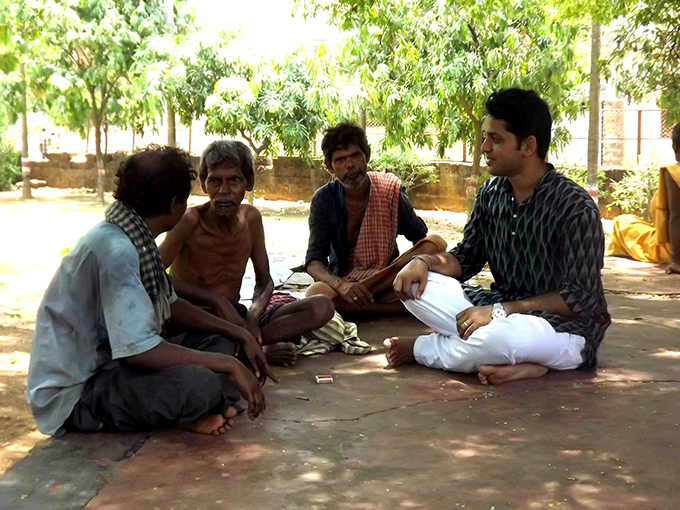
With what kind of problems are they facing?
They possess small and uneconomical landholdings, because of which their crop yield is low, and hence they are chronically indebted.
Most tribes live below the poverty line.
The technology they use belongs to the most primitive phase of human development. There is no profit or surplus accumulation in such an economy.
Hence their per capita income is very meager, much below the Indian average. In order to repay their debts, they often mortgage or sell their land to the moneylenders.
That kind of life is accompanied by chronic infections and diseases of which the water borne diseases are life threatening.
They also suffer from deficiency diseases. Malnutrition is common and has affected the general health of the tribal women and children as it lowers their ability to resist infection, leads to chronic illness, and sometimes leads to brain impairment.
Educationally, the tribal population is at different levels of development, but overall formal education has made very little impact on tribal groups, as formal education is not considered necessary to discharge their social obligations.
Beside that, superstitions and myths play an important role in rejecting education.
Most tribes live in abject poverty. It is not easy for them to send their children to school, as the children are considered extra helping hands.
Formal schools do not hold any special interest for the children. Most of the tribes are located in interior and remote areas where teachers from the outside world would not like to live.
In short, the main problems of the tribals are poverty, indebtedness, illiteracy, bondage, exploitation, disease, and unemployment.
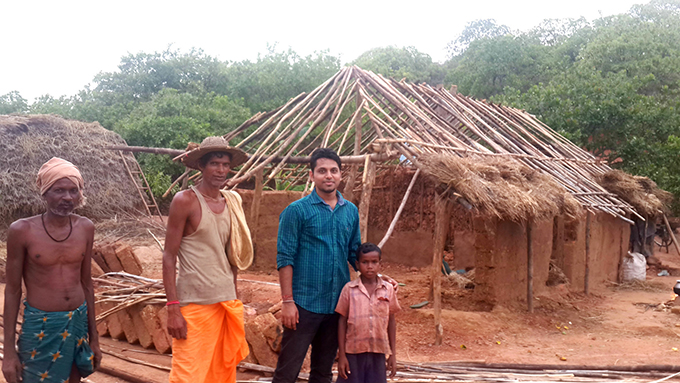
What is the Vasudhaiva Kutumbakam principle?
The ancient Indian philosophy of Vasudhaiva Kutumbakam means “The World is one family“, pointing towards peaceful coexistence & a new era of Peace & Prosperity in the world.
It is unfortunate that we are living in a world of hostility and holocaust.
Human values are eroding at a very fast rate resulting in a decline in the quality of life & people.
In today’s world, there is an ever-greater need for the Indian philosophy of ‘Vasudhaiva Kutumbakam: the World is One Family’ for the welfare of humankind .
To come to the most interesting part of the story, I read that you spent a few months with some of the tribes. What were the reactions of your family and your community?
It’s really disheartening that the social enterprise is still not considered a viable option for young people in Asia.
People thought that I had stepped into a sinking boat and that I was going to sink, too, with my crazy idea of bringing about change.
But I had identified the problem and was passionate about solving that problem despite resistance from my family and friends.
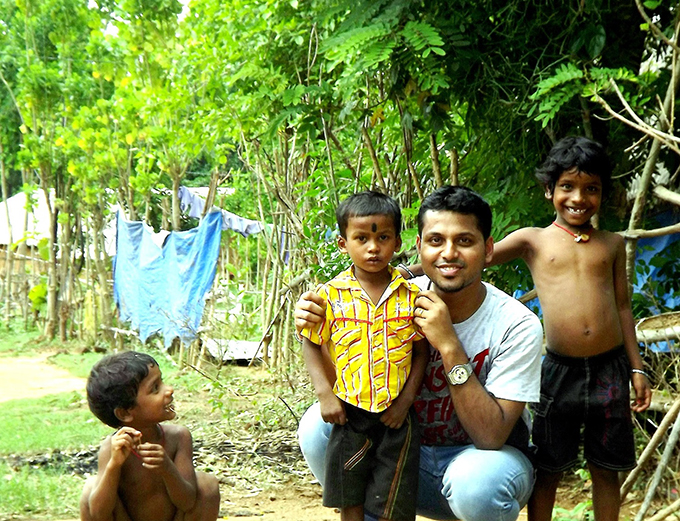
What was the biggest challenge for you? What did you take, or learn, from it?
Although as a child I grew up in close contact with tribal communities, I had never been able to connect with them, and it felt as if I was looking at their problems through a glass.
I was analyzing their problems, but couldn’t really feel them. They had been destitute since time immemorial.
That’s when I decided to live like them for two months in their village.
For the first time in my life I felt deep hunger, which was devastating and frustrating. After that experiment I was able to understand what the real problems were.
I learned that material possessions don’t guarantee happiness and that we should be grateful to God for giving us what we have.
In our social venture, adversity has literally been the mother of invention”.
Which projects did you realize, and how successful were they, what are the outcomes?
- I conceptualized a sustainability model, based on direct to consumer (B2C) philosophy, circumventing the middle men and empowering the source of supply, the tribal women folks, by creating direct market channels into the retail chain.
- I organized free health camps in collaboration with the State Government across 35 tribal hamlets, providing comprehensive health services – preventive, curative, promotive, and referral.
- I expanded these operations to cover over 62 villages, impacting 773 families and 5060 lives, at a growth rate of 15 percent every quarter.
- I conducted a social awareness campaign every month to fight against social malaise and deeply entrenched superstitions in tribal communities.
- I worked with the local community to reduce school dropout rates from 95% to 32%.
- I spearheaded projects that created diverse livelihood opportunities for tribal women, increasing family incomes by 300% on average.
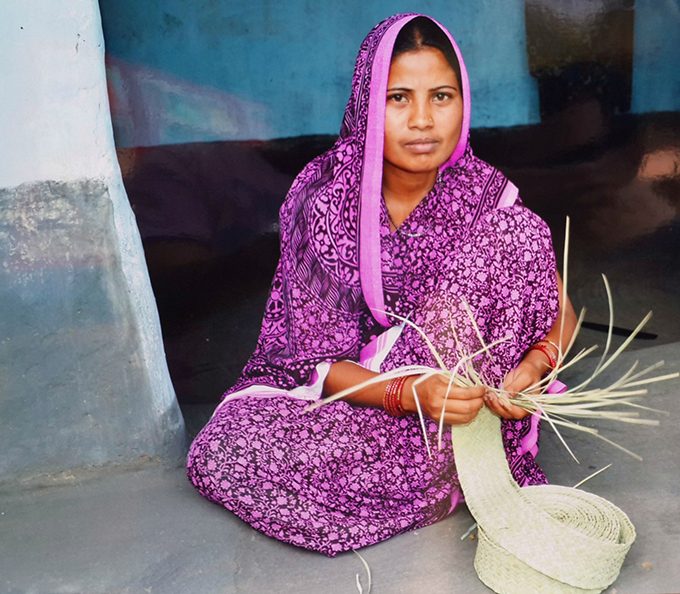
How many of these things were important for the female population?
The economic and social empowerment of women is very much essential as women bind the social structure of any society.
If women are empowered, the family is empowered; and when a family is empowered, society is empowered and thus leading to the empowerment of the whole country.
Women can play a major role in eradicating poverty from our world.
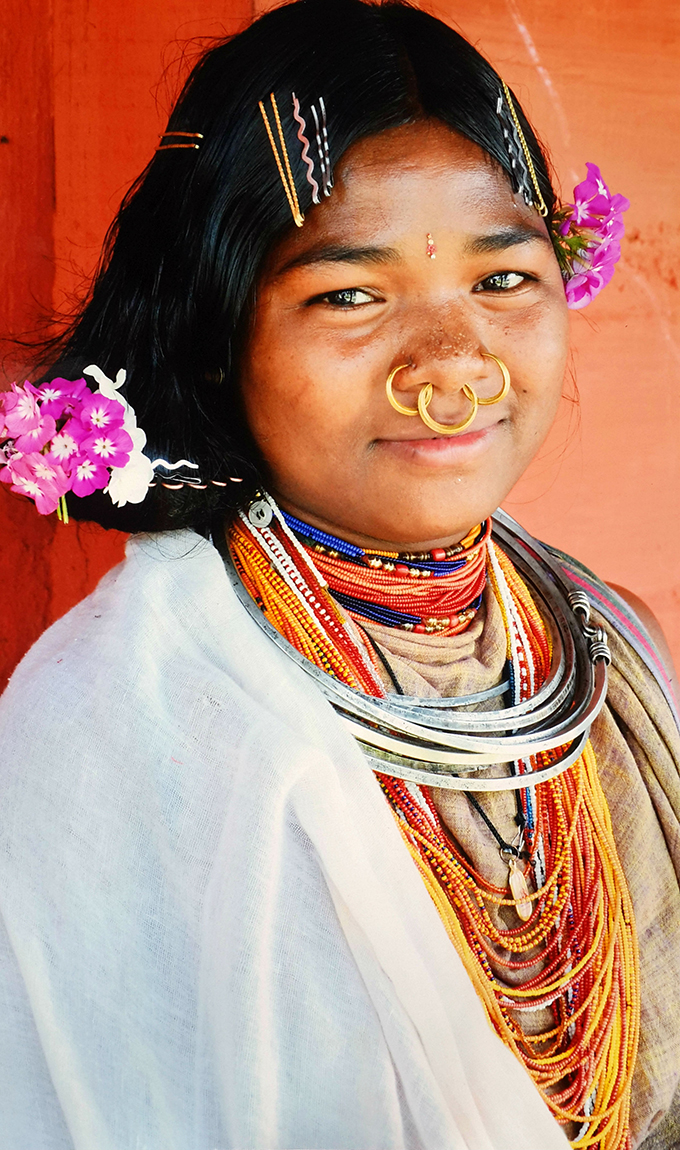
How do you make that possible?
Vat Vrikshya’s work in rural development is guided by its 4-pillar approach:
- Research and needs assessment
When we enter a new community or a village, we understand its unique culture, and its problems; we make observations, interview community members about their needs; make a SWOT analysis; and figure out their areas of interest and expertise. Then, a pilot project is created, implemented, tested, and systematised before being launched at scale.
- Networking and partnerships
We in Vat Vrikshya, work to connect tribal women role models, such as successful women entrepreneurs from other tribal villages, enabling the creation of a market network between different tribal villages, towns, and cities.
They are given the initial capital, linkages to women’s social groups, NGOs and financial institutions to help them launch their own arts and crafts enterprises.
Vat Vrikshya makes a seed donation of Rs. 2000 to women of every family in the villages where it works. To this, the women add their own contribution based on their monetary situation.
Vat Vrikshya also helps link women with banks for loans. The activities and progress of the new enterprises are monitored closely by Vat Vrikshya staff.
- Education and marketing
Vocational training is given to tribal women based on their expertise and areas of interest. The enterprise identifies market needs by interviewing potential customers about their requirements.
It also educates urban customers about tribal arts, handicrafts, and culture to encourage sales.
The products are then branded and packaged attractively. Women are also taught how to market their products effectively.
- Transparency and involvement
In order to do away with any trust deficits among its members, all members of the tribal communities are included in Vat Vriskhya’s processes to ensure transparency.
Women representatives maintain the records, manage the Vat Vrikshya fund, and are responsible for arranging the weekly knowledge sharing and training sessions.
They are also involved in business processes after undergoing the required training. “As a self-sustaining social business organisation, we are focused on making profits which are then deployed for increasing community welfare”, says Das.
A significant part of Vat Vrikshya’s profit is used to improve health and education in the villages as well as to support women entrepreneurs with interest free loans and modern machinery and equipment.
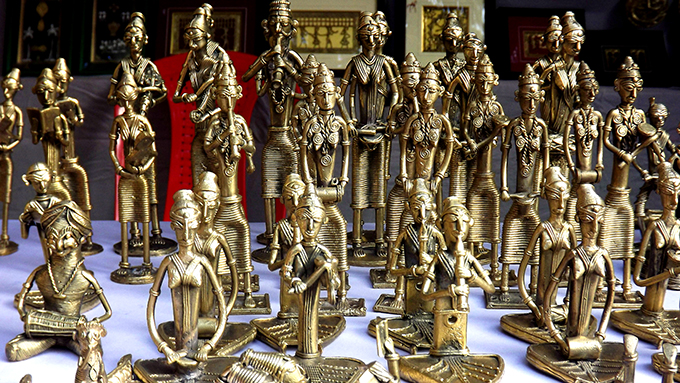
What is the key lesson from your entrepreneurial career?
There are so many lessons that I have learned over the years, and I still continue to make mistakes and learn from them, and I think that’s a key learning point in itself! Here are a few:
- ‘No one’s going to do it for you.’ – ’no one says it has to be that way.’ One will be all by himself/herself when they intend to start a startup. He/she might have a good family, a good life partner, but at the end of the day, one has to do it all alone.
- Be very clear on what you want and focus on that. Focus on one thing at a time and don’t take hasty decisions because you are in a hurry.
- Be willing to learn and seek more information. I may already know a great deal, but now I have realised that no one knows everything, and we can learn valuable information from others.
- Do what you love. It’s inevitable that one will come across people who can intimidate and bring one’s morale down. But one should stay committed to what one is doing. If one is not passionate about his or her own work then how can he expect other people to believe in it?
What do you think is the most important quality that one must possess in order to become a successful social entrepreneur?
You have to be a person with ability to plan and then execute those plans properly. If you face problems, you must look at them as opportunities. One of the main charasteristics you have to possess is to be transparent and honest with your stakeholders, partners, and customers.
Making a social impact on a larger scale should be the main objective of a social entrepreneur, not money.
Last but not the least one should be risk averse.
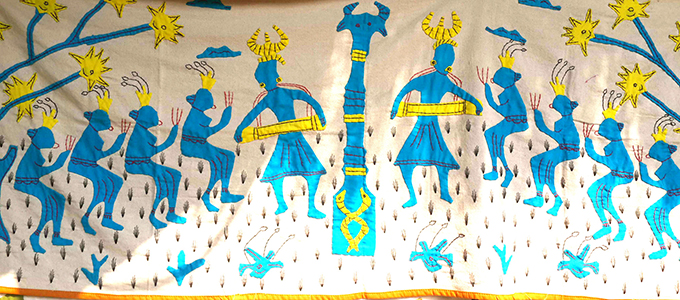
What is actual right now, what are your plans for the future?
Tribal culture is rich and unique, but the tribes are facing a serious threat of cultural extinction. It is important to preserve them.
Our organisation aims at doing all the development work, strengthening their roots, their unique culture of living in harmony with nature, which has sustained them for 3500 years on this land.
We plan to set up a tribal research lab in collaboration with our state goverment to attract more students into research in this area.
Ten years down the line we endeavour to globalize traditional tribal craft work. These traditional genuine art works are part of the cultural heritage of our country and hence must be promoted worldwide.
Finally, I want the youngsters of this world to be creators rather than seekers They should be problem solvers, rather than incessant complainers.
I want to open up a consulting company which could attract more young people to social entrepreneurship and help them in all possible ways such as:
- connecting them to potential investors,
- helping them in resolving social problems, creating business models, creating meaningful partnerships and networks with mentors from NGOs and social business enterprises-finding ways to sustainability.
Actively engage with schools and universities to nurture the culture of entrepreneurship among students.
Photos: Vikash Das
Read more inspiring stories here.
Support us!
All your donations will be used to pay the magazine’s journalists and to support the ongoing costs of maintaining the site.
Share this post
Interested in co-operating with us?
We are open to co-operation from writers and businesses alike. You can reach us on our email at [email protected]/[email protected] and we will get back to you as quick as we can.









